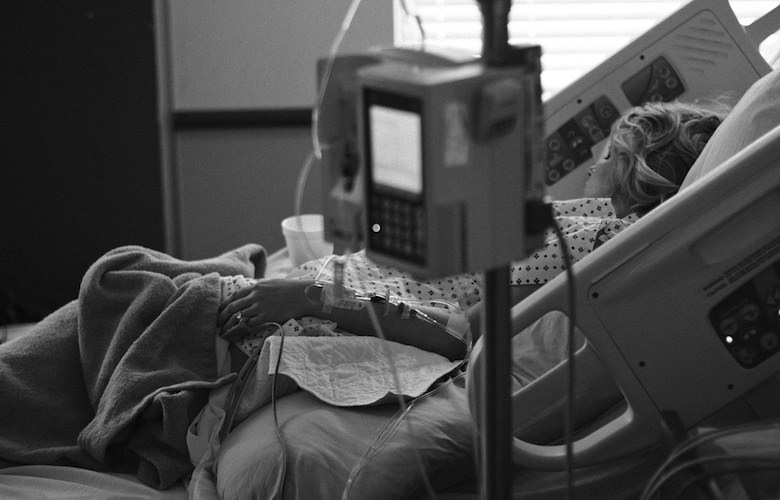The focus on quality and efficiency in the U.S. healthcare system is here to stay. Although the transition to this new way of viewing healthcare has had its ups and downs, it’s a worthy goal. The Centers for Medicare & Medicaid Services (CMS) is trying to ensure effective, safe, efficient, patient-centered, equitable, and timely care for patients, while keeping the CMS budget under control. The government body’s initiatives rely on accountability and public disclosure, to drive quality improvement, pay for reporting and public reporting. But to meet quality measures — and further refine and improve on performance — the healthcare process, outcomes of care, patient perceptions and organizational structures have to be quantified and analyzed. Here’s a look at three ways to take your data from numbers to action.
1. Track patients in real time
Yes, you should be periodically reviewing outcomes, service delivery metrics and patient satisfaction ratings retrospectively. And this is a great approach for drilling down and getting the detailed data that’s needed for reporting and making organizational changes. However, tracking in real time — using dashboards on the hospital floor, for example — can let you see how each service line is performing on a daily, weekly, monthly basis, allowing for adjustments to be made on the fly. For example, Johns Hopkins provides a dashboard that employees can log in to, to view how they’re meeting patient care delivery goals. The dashboard lets clinicians and managers on the front lines:
- Understand how a unit, department, hospital or Johns Hopkins as a whole is performing on safety and quality goals.
- Evaluate trends and performance over time to help identify strengths and areas for improvement.
- Compare performance to peer units, departments and hospitals.
- Print a unit’s performance for each measure featured on the dashboard.
By arming doctors, nurses, administrators, shift coordinators and nurse managers with access to this kind of data, the flow of patients can be optimized. For example, clinicians can visualize where bottlenecks are occurring, to decrease patient wait times; or, track where patients are being discharged to, to ensure the appropriate communication channels are being followed up between facilities, or between hospital and patient.
2. Demonstrate the need for change
Physicians and other clinicians are most concerned with outcomes. If outcomes are good, they’re happy — and it’s hard to change the way they practice, even if it seems to be for the better, if you can’t demonstrate that efficiency-based changes will either maintain or improve outcomes. As of 2013, about half of hospitals faced missing out on reimbursement from CMS, due to failing to hit targets for quality measures. So although it’s hard to revolutionize care, the pressure to do so is on. To overcome these challenges and engage physicians and other clinicians, it’s important to create a solid evidence base, track and follow up. For example, capturing details on patients who are discharged from the emergency department (ED) without receiving treatment could allow for planning alternative services that prevent patient presentation in the ED. Or capturing data over time for patients with multiple comorbidities could lead to earlier interventions that prevent ED visits — or improvements in coordination of care. Demonstrating the need for these changes starts with capturing data.
3. Involve the patient
Patient-centered care is a key goal of CMS’s quality reforms — and that means a new approach to data is required as well. According to a white paper, “The potential benefit of this patient-centric view of data extends well past the Medicare shared services payments. Consider chronic conditions — each one is estimated to increase medical costs by a factor of three. Add to that the estimate that one in four Americans suffers from multiple chronic conditions, further driving up costs. Enabling a patient-centered view can help to coordinate care — reducing costs and improving outcomes.” Patients need to understand how their concordance with care affects outcomes and costs for the healthcare system. Sharing aggregated, appropriate data with them can make patients more active participants in their own care. In addition, it shows patients that they matter enough to their doctors to be engaged in this way — they’re not only receiving care, but are being tracked to make sure they don’t fall through the cracks.
Focus on recording data at the source
Data gathering is critical to driving the care improvements that make your hospital stand out and avoid monetary penalties. Using medical scribes to input every detail of the patient encounter ensures that the medical record is thorough, providing the information that can be extracted and turned into good data. The data that optimizes patient flow and care coordination, that changes physician and provider practice, that engages patients — and that keeps you in CMS’s good graces.



